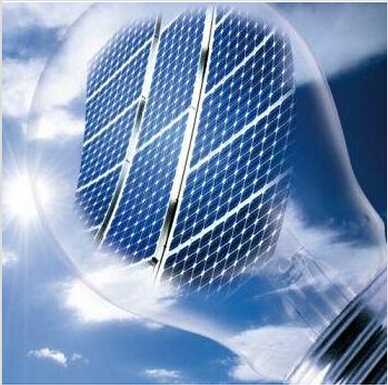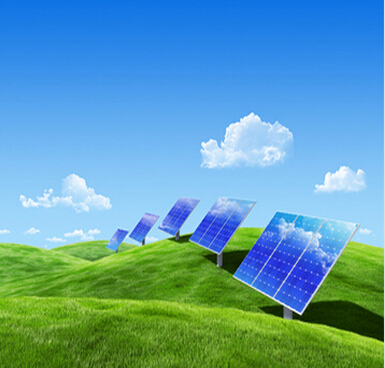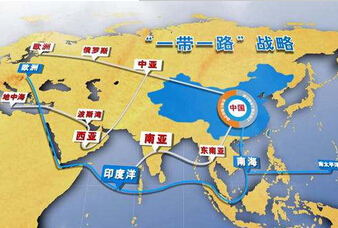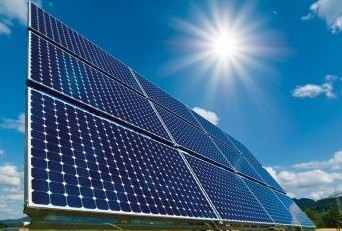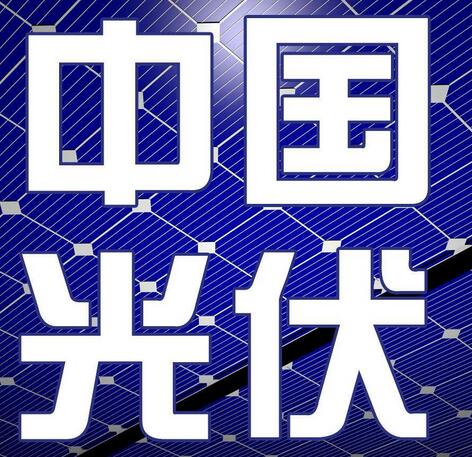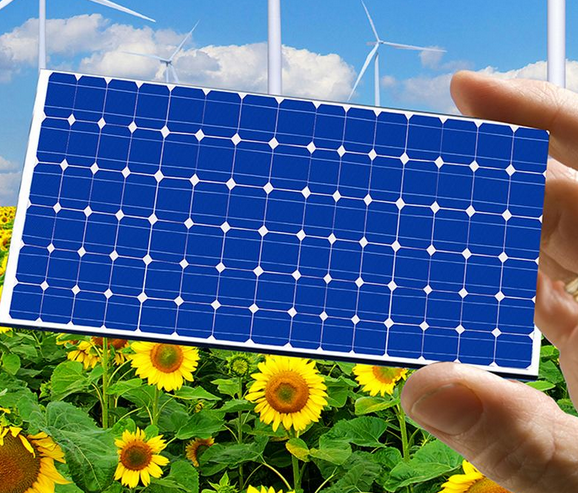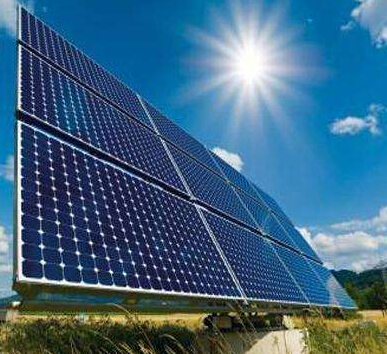Forced industry efficiency and efficiency
The first phase of the subsidies play a very good incentive to drive the rapid development of the photovoltaic industry, however, it also brought some negative effects. Some enterprises value subsidies, take the amount of non-move; some lack of technological innovation, cheating make serious. However, in the era of "post subsidy", enterprises must rely on technological progress to reduce costs and increase efficiency and enhance their core competitiveness.
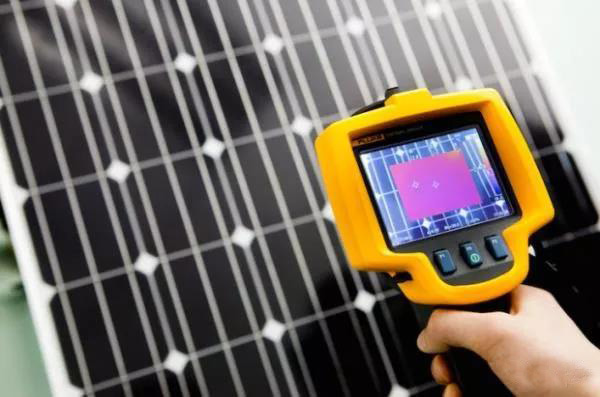
According to a report just released by the International Renewable Energy Agency, solar PV is projected to decline by 59% by 2025 from 13 cents / kWh to 5.5 cents / kWh. According to the statistics of China Photovoltaic Industry Association, from 2012 till now, the cost of each step in China's PV industry has dropped by nearly half. Among them, the price of PV modules dropped by nearly 21% from 2016 to 2017, the investment cost of system equipment dropped to 5 yuan / For photovoltaic parity Internet and large-scale promotion and application of laid the foundation.
Photovoltaic pole feed-in price refund mechanism to take effect, forcing many companies continue to improve and innovate technology, through various technical means to achieve cost savings and increase profits. Insiders predict that the cost of photovoltaic modules will drop by 15% to 20% by 2018, and ground-based power stations and distributed PV power station operators still have high return on investment. Next year, the development momentum of the domestic PV industry will remain strong.
Photovoltaic poverty alleviation efforts
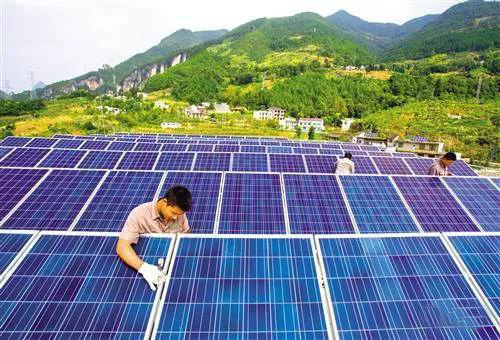
Policy support orientation unchanged
The 19th National Congress of the Communist Party of China incorporated energy work into the green development system and proposed that an economic system of green recycling be established and a clean and low-carbon, safe and efficient energy system be constructed. At the 2018 National Energy Work Conference held in Beijing, the National Energy Administration made it clear: "We will orderly promote the construction of photovoltaic power generation projects and vigorously promote the development of distributed energy."
From the perspective of policy orientation, there is no change in the guideline of encouraging the clean energy to be absorbed by the grid and the goal is to create the conditions for the large-scale development of clean energy. The growth of PV installed capacity, the declining cost of the industrial chain, technological progress, the expansion of market-oriented transactions and the parity of Internet access will all be accelerated. The PV industry is slowly moving away from policy and really switching to high-growth industries.
















 RCCN WeChat QrCode
RCCN WeChat QrCode Mobile WebSite
Mobile WebSite